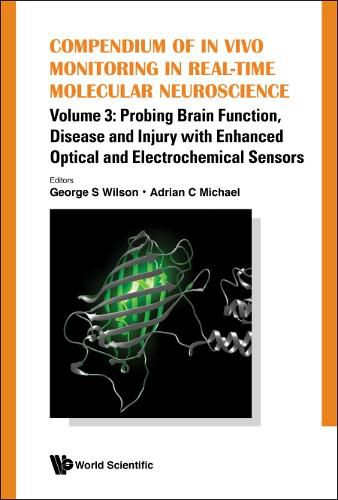Readings Newsletter
Become a Readings Member to make your shopping experience even easier.
Sign in or sign up for free!
You’re not far away from qualifying for FREE standard shipping within Australia
You’ve qualified for FREE standard shipping within Australia
The cart is loading…






This book is the third in a series entitled, Compendium of In-Vivo Monitoring in Real-time Molecular Neuroscience. Its purpose is to provide a cross-section of research addressing monitoring in the rodent, and in some cases, the human brain.Detailed understanding of the neurobiology of the brain is demanding and involves increasingly wider scope of talent ranging from physicists, neurobiologists, chemists, molecular biologists and bioengineers. Coming from varied backgrounds, they do not necessarily understand how to formulate functional issues in a mutually understandable way. This aim of this book is to provide information which can serve as a starting point for understanding such a complex topic.The authors provide ‘tutorial’ writing for specialists, as well as material understandable to a wide audience including neuroscientists, those interested in drug discovery, and those using such measurements for diagnosis purposes.
$9.00 standard shipping within Australia
FREE standard shipping within Australia for orders over $100.00
Express & International shipping calculated at checkout
This book is the third in a series entitled, Compendium of In-Vivo Monitoring in Real-time Molecular Neuroscience. Its purpose is to provide a cross-section of research addressing monitoring in the rodent, and in some cases, the human brain.Detailed understanding of the neurobiology of the brain is demanding and involves increasingly wider scope of talent ranging from physicists, neurobiologists, chemists, molecular biologists and bioengineers. Coming from varied backgrounds, they do not necessarily understand how to formulate functional issues in a mutually understandable way. This aim of this book is to provide information which can serve as a starting point for understanding such a complex topic.The authors provide ‘tutorial’ writing for specialists, as well as material understandable to a wide audience including neuroscientists, those interested in drug discovery, and those using such measurements for diagnosis purposes.